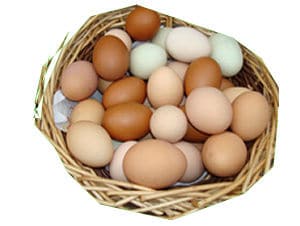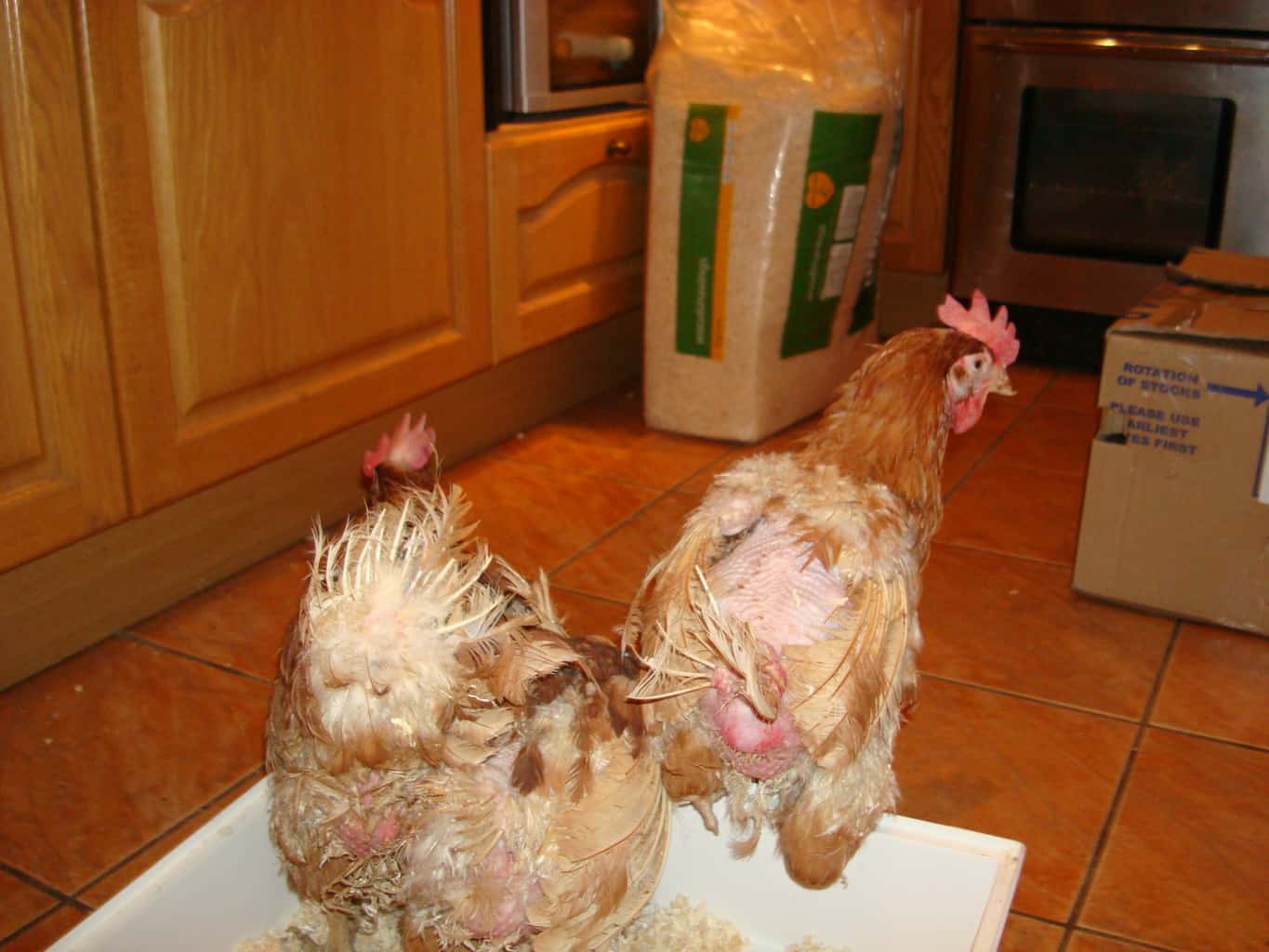Choosing a Chicken
Choosing The Right chicken
How to choose a chicken is a question that many people ask us. This is a huge topic. There are many many different breeds of chicken – over 300 in face, and within those breeds there are many colour variations. For example: the Sussex chicken, comes in white, coronation, red, speckled, light, buff and silver. Beauty is in the eye of the beholder because not all hens are brown. It is nice to get a variety of hens for your garden flock, either to be able to tell them apart or just for interest. Garden hens don’t need to be kept in flocks of the same type or colour. Chickens are not focussed on colour or breed differences. Their society is much more complex than that but at the same time, refreshingly simple.
Our advice is always this:- choose your chicken based on what you like the look of. Almost all chickens will lay eggs, some more than others. Egg numbers depends on the breeding, age, health status and the time of year. Show chickens tend to lay less because they have been selected for breeding based on beauty, not egg numbers.
Which is the best chicken for children?
This topic has potential to be a can of worms. The quick answer is most chickens will be happy around children, but not all children are suitable around chickens. Thorny issue in some parents eyes. So, look at it from a chickens’ point of view. They are a prey animal, and as such they are always on high alert for anything which may consider them an easy meal. This is common for most birds. An ever vigilant bird will feel anxious if there is unknown noise or behaviour coming from another creature or object in their territory. Their first thought is going to be “is this thing a threat”? If a child dashes over to the chicken, invading its’ space then it is surely going to answer that question with a resounding YES and act accordingly.
With that in mind a child (or adult) needs to learn to work to gain the trust of the bird, and only then, will it allow close and trusting contact. A word of warning: if that trust is pushed beyond a boundary or the trust is abused then it is very unlikely to be recovered. Chickens don’t forgive and they don’t forget. Their lives often depend on those lessons which is why they are set in stone.
Will a chicken peck my children
Chickens have no teeth. They only have a beak which is quite pointed. These creatures do not normally attack anything unless they feel very threatened. You can hand-feed a chicken quite safely, although a young chicken (like most children) does not always have the finesse to do it gently. This is very apparent if they have trust issues as they rush to take the food, rather than taking their time. They have pin-point accuracy when taking food from a hand and are going for the food, not the skin of the hand. A tap on the hand however can be upsetting for a child.
Which hens lay the most eggs
It is all too easy to get hung up on doing your research on how many eggs a hen will produce. Choosing a chicken this way comes under the banner of “how long is a piece of string”. Sure, a commercial hybrid such as a Warren or a Hy-line brown will lay an egg virtually every day but they will only do so up to the age of about 72 weeks. After that you will get a very diminishing return. A pure breed will lay fewer eggs, but over their laying lifetime, they could well lay the same number in total but over a longer period. It’s horses for courses. Hybrids will generally live fast die young, but pure breeds are more slow and steady wins the race.
We actually think that the value of a chicken is worth much more than just what they produce. They have hidden depths which are revealed to their lucky keepers as time goes by. Eggs are exceedingly fresh, very delicious and exciting to receive as a gift from your hens, but it will eventually dawn on you that hens are way more than just a quirky garden ornament. Choosing the right chicken for you is a matter of personal preference.
A chicken can be summed up as
- Friendly
- Interactive
- Interested in you
- Accepting of affection
- Therapy
- Provider of purpose to lost souls
- Provider of the most delicious eggs
- Companions
- Education
- Ambassadors for all bird-kind
- Garden designers extraordinaire
- Source of mirth and joy
- Huntresses
- Intelligent
- Beautiful
This is a very concise list but I could go on and on, but I will leave that up to you. Once you have discovered the joy of chicken keeping, you will be able to compile your own list. Some of the items on my list will I am sure find their way onto your list too.
Choosing a Chicken Read More »



